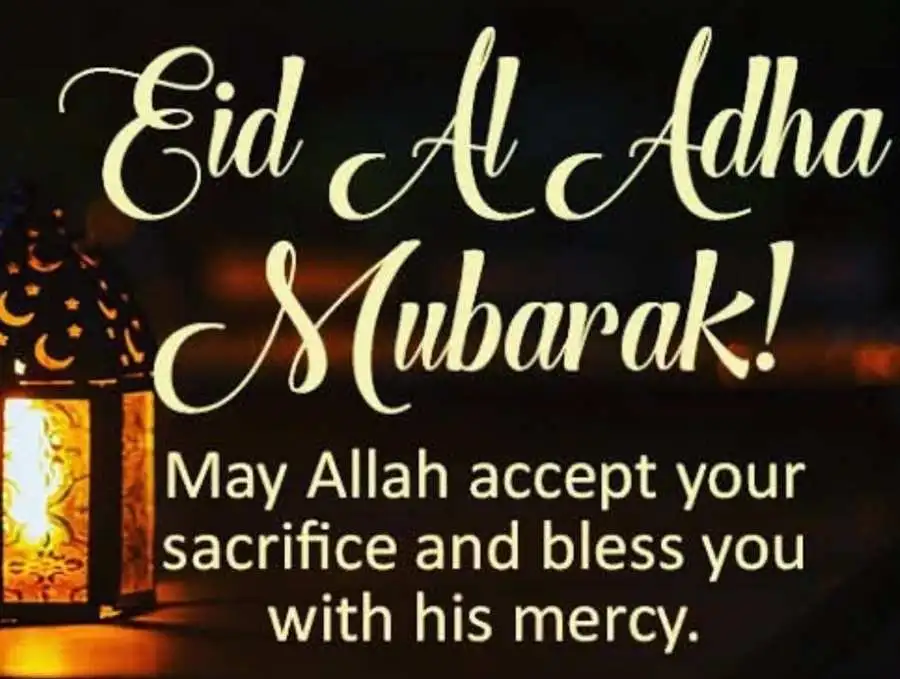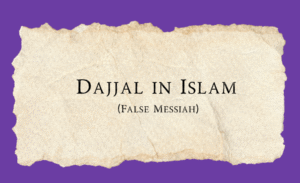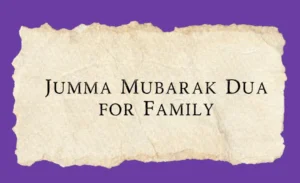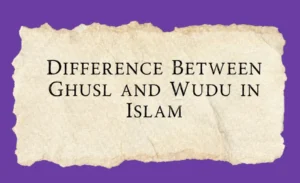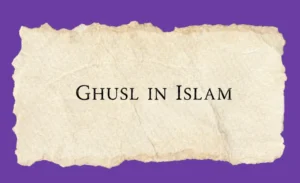Eid al-Adha, or the “Festival of Sacrifice,” is one of the most significant and revered holidays in the Islamic calendar. It commemorates the willingness of Prophet Ibrahim (Abraham) to sacrifice his son Isma’il (Ishmael) in obedience to Allah’s command. This holiday is a time of reflection, gratitude, family bonding, and charity. Eid al-Adha is not just about celebration but also an opportunity to reconnect with spiritual values, engage in acts of charity, and make lasting memories with loved ones.
In this blog, we will explore how to spend Eid al-Adha in the most meaningful and fulfilling way. Whether you are at home or traveling to a mosque or a distant family member’s house, there are various ways to observe this important day. From performing the key rituals to engaging in community activities, here’s a detailed guide on how Muslims around the world spend their Eid al-Adha.
The Spiritual Significance of Eid al-Adha
Before diving into the specific ways to spend Eid al-Adha, it’s important to understand its spiritual significance. Eid al-Adha is deeply tied to the story of Prophet Ibrahim’s devotion to Allah. His willingness to sacrifice his son Isma’il in obedience to Allah’s will is a powerful reminder of submission, faith, and the importance of trust in God’s wisdom.
Commemoration of Sacrifice: The sacrifice of animals (Qurbani) is central to the observance of Eid al-Adha. The practice is a reminder of Ibrahim’s sacrifice, and through it, Muslims reaffirm their devotion to Allah, their willingness to give up what is dear to them, and their submission to God’s will.
Connection to Hajj: For those who perform Hajj, Eid al-Adha is the culmination of their pilgrimage, marking a time of spiritual renewal and fulfillment of one of Islam’s Five Pillars.
With this deep spiritual connection, here’s how you can meaningfully spend your Eid al-Adha.
1. Perform the Eid al-Adha Prayer
The Eid prayer is one of the most significant rituals of the day, and it sets the tone for the entire celebration. It is an opportunity for Muslims to come together in community worship, seek Allah’s blessings, and remember the significance of the occasion.
Time and Place: The Eid prayer is traditionally performed after sunrise but before midday, typically around 15-20 minutes after sunrise. It is performed in large congregations at mosques, prayer grounds, or even in open fields.
The Prayer: The Eid prayer consists of two Rak’ahs (units of prayer) with additional Takbirs (saying “Allahu Akbar” or “God is the Greatest”) at the beginning and during the prayer. It is followed by a Khutbah (sermon) where the Imam addresses the congregation, reminding them of the values of Eid al-Adha, such as sacrifice, submission, gratitude, and charity.
Community Atmosphere: The Eid prayer brings together Muslims from all walks of life, transcending social, cultural, and ethnic differences. This sense of unity is a key feature of the celebration and sets the tone for the rest of the day.
2. Engage in the Qurbani (Animal Sacrifice)
The act of sacrifice is central to Eid al-Adha. Muslims who can afford it are required to sacrifice an animal, usually a sheep, goat, cow, or camel. This ritual commemorates Prophet Ibrahim’s willingness to sacrifice his son Isma’il and serves as a reminder of submission to Allah.
Eligibility for Sacrifice: The sacrificial animal must meet certain conditions, including being of sufficient age and free from defects. For example, a goat or sheep should be at least one year old, a cow or buffalo should be two years old, and a camel should be five years old.
Distribution of the Meat: After the sacrifice, the meat is divided into three parts:
- One-third for the family performing the sacrifice.
- One-third for friends, neighbors, and relatives.
- One-third for the poor and needy. This is a significant part of Eid al-Adha, as it emphasizes charity and social responsibility.
Global Impact: Each year, millions of animals are sacrificed worldwide, with over 2 million sheep, goats, and cows sacrificed in Saudi Arabia alone. The meat is distributed not just locally but through international charity organizations that help feed impoverished communities in various countries.
If you are unable to perform the sacrifice yourself, there are numerous charitable organizations that can carry out the Qurbani on your behalf, ensuring that the meat reaches those in need.
3. Give to Charity
Eid al-Adha is a time for Muslims to share their blessings with others. In addition to the Qurbani, Muslims are encouraged to give charity in whatever way they can. This could include donations of money, food, clothing, or other essential items to those who are less fortunate.
Zakat al-Fitr and Additional Charity: While Zakat al-Fitr is traditionally given before Eid al-Fitr, many Muslims use the occasion of Eid al-Adha to give additional charity. This is seen as an opportunity to cleanse one’s wealth and support those in need, particularly during the festive season when the less fortunate may struggle to afford a special meal or new clothes.
Supporting the Needy: Many people use Eid as an opportunity to visit neighbors or local communities in need, providing food, clothing, and other essentials. For some, this might involve donating to international charity efforts that focus on providing meals and support to the impoverished.
Charity Initiatives: International organizations such as the Red Crescent, Islamic Relief, and other charity networks often have specific programs for Eid al-Adha donations. These programs ensure that your contribution reaches people who are in dire need, both in your local community and in underserved regions worldwide.
4. Spend Time with Family and Friends
Eid al-Adha is a time for gathering, reconnecting, and strengthening bonds with family and friends. After the communal prayer and the sacrifice, many Muslims spend the day with their loved ones, visiting each other’s homes and sharing festive meals.
Special Meals: Traditional dishes are prepared for Eid, often featuring meat from the Qurbani. In Middle Eastern countries, kebabs, shawarma, and stuffed lamb are common, while in South Asia, dishes like biryani, qorma, and roast meat are popular. Sweets such as sheer khurma (a sweet vermicelli dessert) and baklava also play an important role in Eid meals.
Exchanging Gifts: In many cultures, Eid al-Adha is also an occasion to exchange gifts. These can range from money or clothing to more personalized presents that express love and appreciation. It’s a time to strengthen relationships and share joy.
Community Celebrations: In some parts of the world, large public celebrations are held, including fairs, carnivals, and parades. These events help foster a sense of community and offer an opportunity for Muslims to come together and celebrate their shared faith.
5. Wear New Clothes and Practice Gratitude
On Eid al-Adha, Muslims often wear new or their best clothes to mark the occasion. It is a tradition to dress in fine attire as a way of showing respect for the sanctity of the day and as an expression of gratitude for the blessings one has received from Allah.
Cultural Significance of Dressing Well: The tradition of wearing new clothes is rooted in the desire to present oneself before Allah in the best possible way. In many cultures, this is an opportunity to wear special garments, often in festive colors, and to take pride in personal appearance.
Gratitude and Reflection: Eid al-Adha is also a time for reflection on the many blessings in one’s life, including health, family, wealth, and the opportunity to be part of the global Muslim community. Taking a moment to thank Allah for these blessings and to reflect on the sacrifice and obedience of Ibrahim enhances the spiritual aspect of the day.
6. Engage in Acts of Reflection and Worship
While the social and familial aspects of Eid are central, Eid al-Adha is also a time for spiritual reflection. After the festive activities, Muslims often engage in personal worship, reflection, and supplication.
Reading the Qur’an: Many Muslims spend time reading and reflecting on the Qur’an, particularly the verses that recount the story of Prophet Ibrahim’s sacrifice. This is a time to renew one’s relationship with Allah and reflect on His mercy and guidance.
Prayers of Gratitude: Alongside the obligatory prayers, it is common for Muslims to engage in personal supplication (dua), thanking Allah for His blessings, seeking forgiveness, and praying for the well-being of loved ones and the global Muslim community.
Eid al-Adha: A Time for Worship, Charity, and Unity
Eid al-Adha is a day of profound spiritual significance and celebration. It is an opportunity for Muslims to demonstrate their faith through acts of sacrifice, charity, and community. Whether you are performing the Qurbani, spending time with family and friends, or giving to those in need, the day is rich with opportunities to deepen your relationship with Allah and engage with the broader community.
By balancing personal reflection, communal worship, and acts of generosity, Eid al-Adha becomes a complete celebration that honors the legacy of Prophet Ibrahim, reinforces the values of sacrifice and charity, and strengthens the bonds of unity among Muslims worldwide. So, as you prepare to celebrate Eid al-Adha, remember its core messages of submission, gratitude, and compassion, and make this Eid a meaningful occasion for spiritual growth and community connection.

